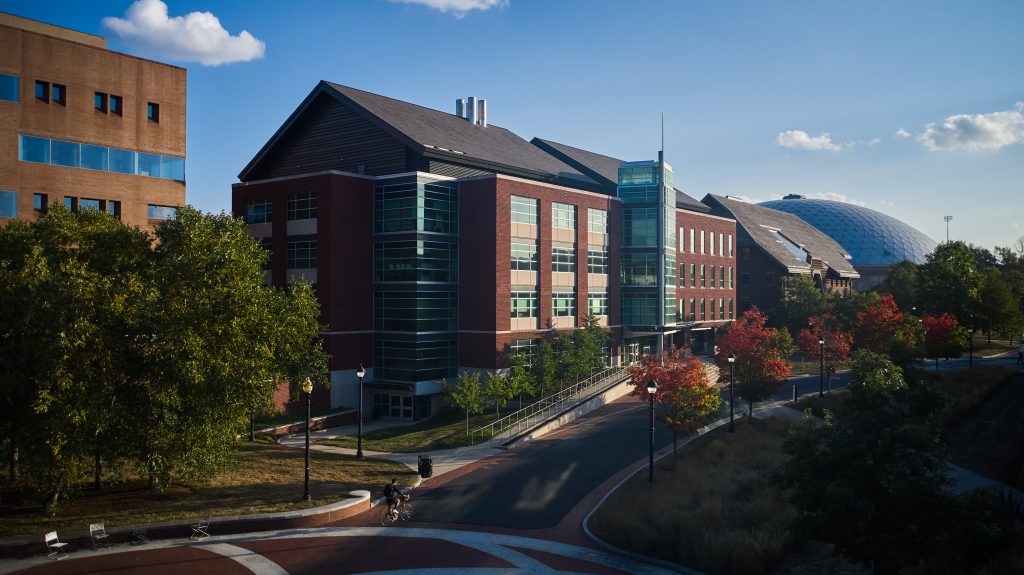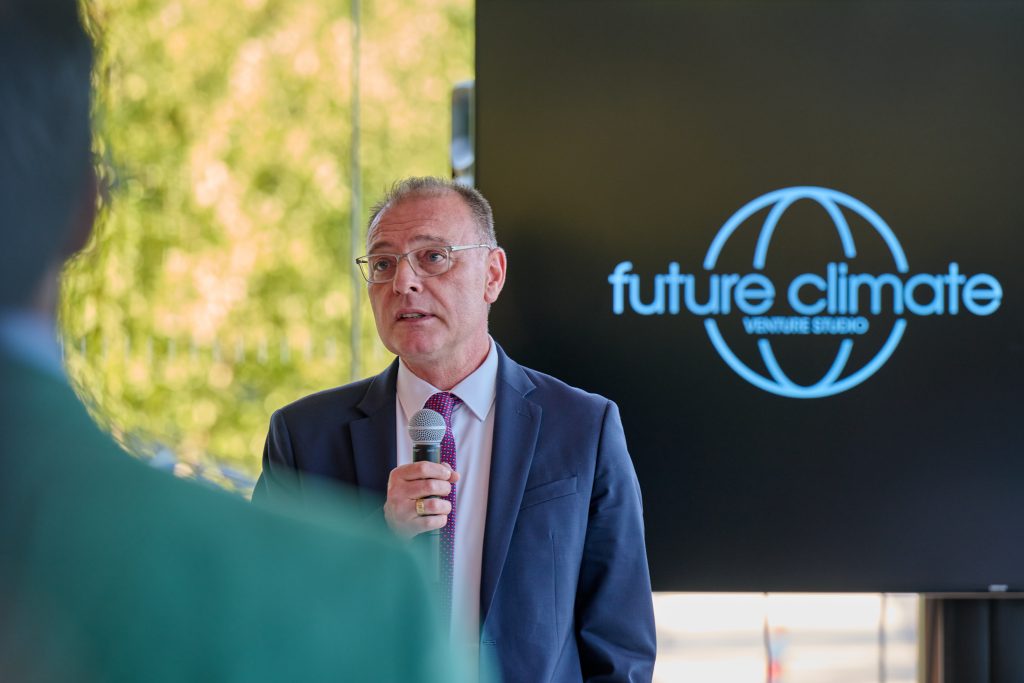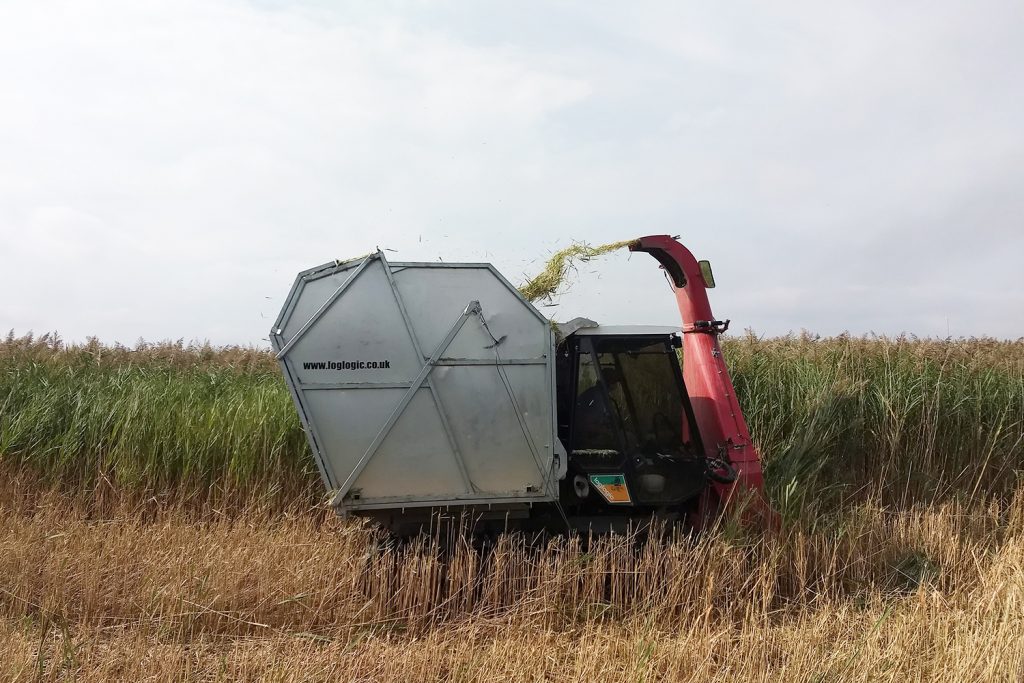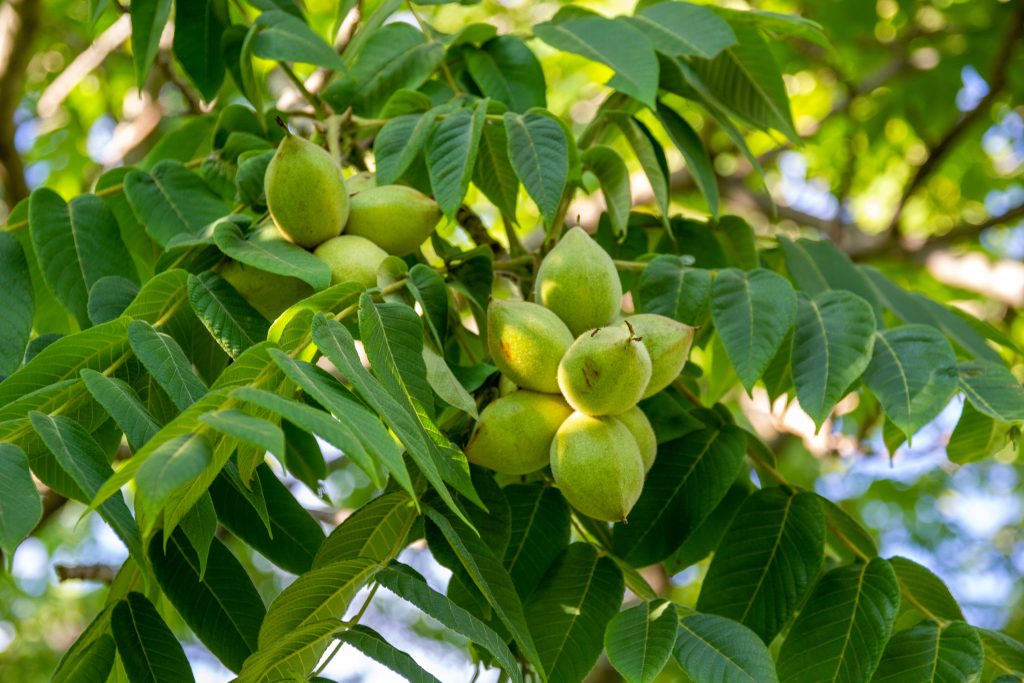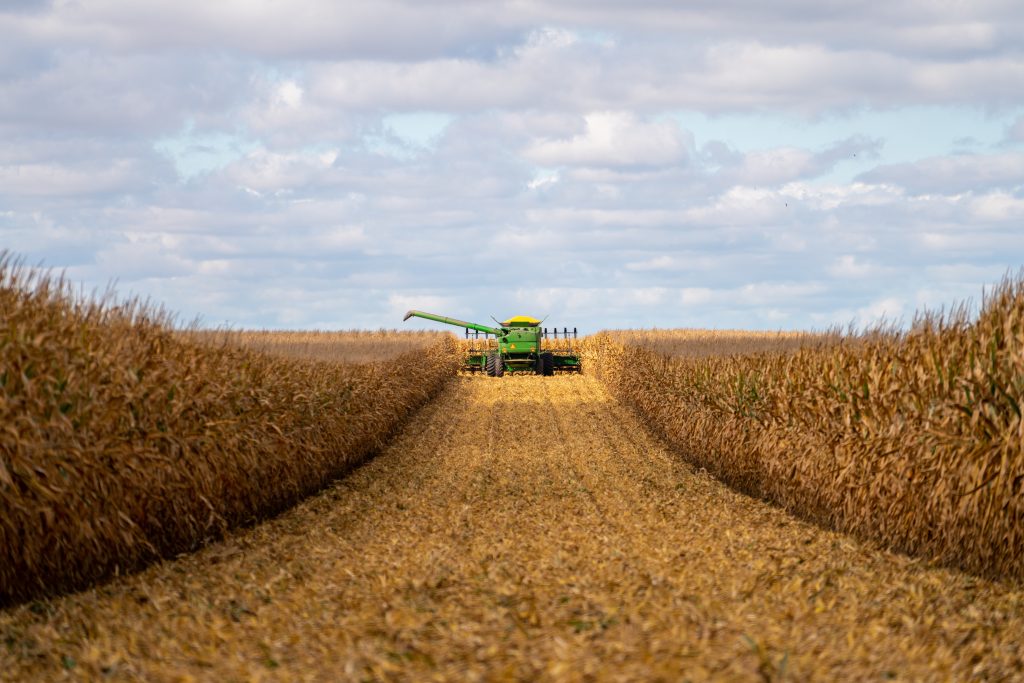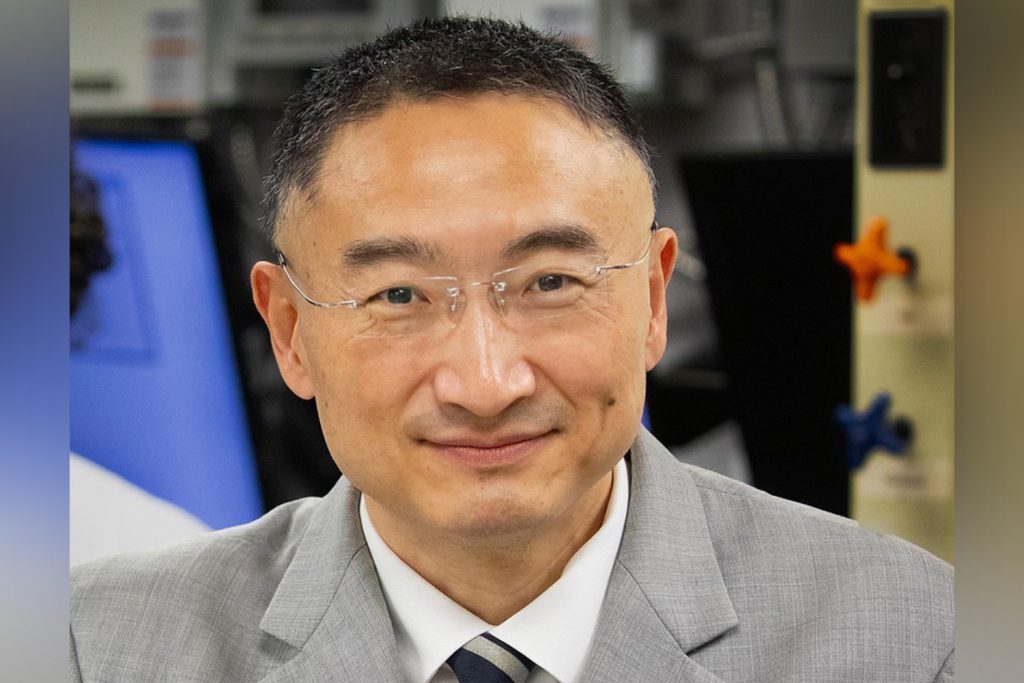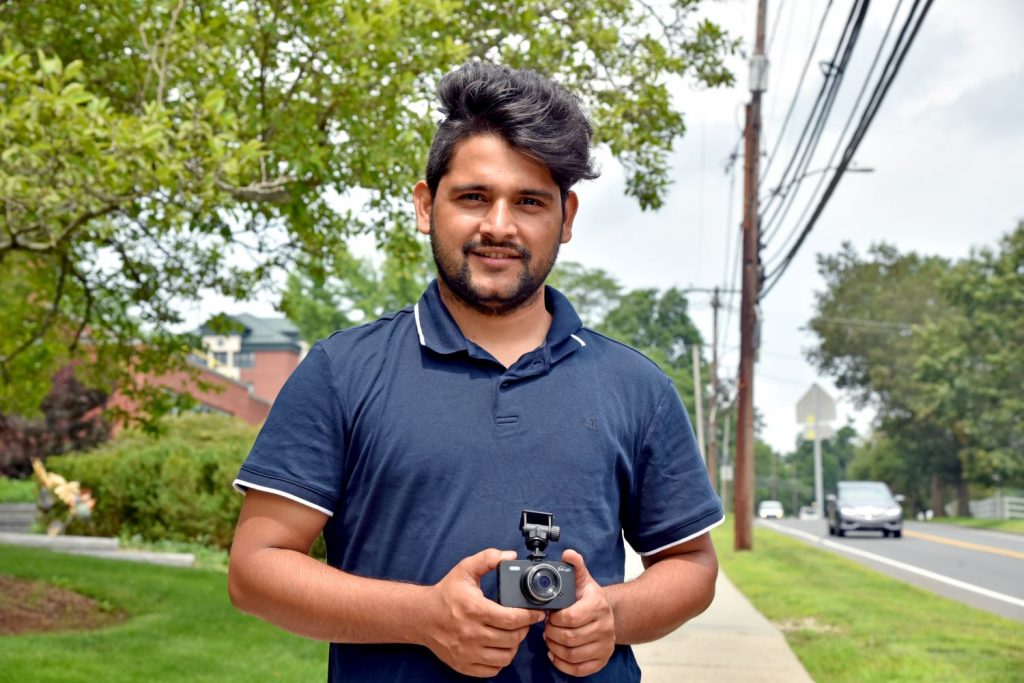Sustainability
UConn Expanding Clean Energy Offerings In Push for Carbon Neutrality
UConn’s commitment to achieving carbon neutrality and promoting clean energy is continuing its steady progress, with more electric vehicle charging stations
September 27, 2023 | Stephanie Reitz
Future Climate Venture Studio Launches Second Cohort
Six startup companies partner with UConn and other collaborators to merge entrepreneurship with climate responsibility
September 21, 2023 | Matt Engelhardt
Plants As a Tool for Roadside Contaminant Removal
Not a silver bullet, but these common invasive species can help clean up roadside contaminants
September 21, 2023 | Elaina Hancock
Serving and Celebrating Local Farms in Connecticut Schools
UConn Extension and partners forge connections between local schools and Connecticut farms with holistic programming and crucial funding
September 20, 2023 | Anna Zarra Aldrich, College of Agriculture, Health and Natural Resources
The Butternut’s Big Reveal
UConn undergraduates collaborate to reveal the genetic secrets of endangered species
September 13, 2023 | Kim Krieger
Heat Stress to Bring Big Changes to the US Corn Belt
'In the near term, drought-resistant crops are important, but when you look at the long term, we need heat-resistant crops'
September 7, 2023 | Elaina Hancock
Surf’s Up! Using Mushrooms to Make a More Sustainable Surfboard
Protecting the oceans one mushroom surfboard at a time
September 5, 2023 | Anna Zarra Aldrich, College of Agriculture, Health and Natural Resources, and Angelina Reyes, University Communications
Zhou to Lead Clean Energy Engineering Efforts at UConn
Xiao-Dong Zhou, incoming director of the Center for Clean Energy Engineering (C2E2) will serve as a special advisor on sustainable energies to President Radenka Maric and Vice President for Research Pamir Alpay
August 30, 2023 | Olivia Drake
Managing Roadside Forests One Video at a Time
UConn PhD student Durga Joshi is commercializing technology to better manage trees and the damage they can cause during extreme storms
August 29, 2023 | Jason Sheldon
Connecticut and UConn are Leaders in Clean Energy and Sustainability
Our leaders, innovators, and scholars have worked tirelessly to drive progress in sustainability, moving us toward independence from fossil fuels and steeling our power grid against severe weather and other risk factors.
August 2, 2023 | Matt Engelhardt, Office of the Vice President for Research, and University Communications
